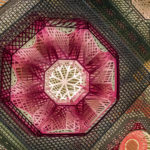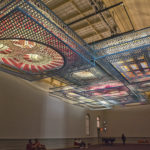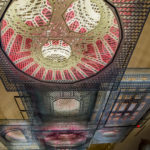Company:
Fabric Images, Inc.
Project Details
Fabric 1
Proprietary
Producer:
Engineer Company 1
NOUS Engineering
Design Company
FreelandBuck
Fabrication Company
Fabric Images, Inc
Subcontractor Company
Fabric Images, Inc
Project Manager Company
FreelandBuck
Installation Company
Smithsonian, FreelandBuck & Fabric Images
Please describe the project specifications
Designed by FreelandBuck, Parallax Gap is an 83ft x 38ft suspended ceiling structure that interprets the line drawings of nine iconic American ceilings from the 19th and 20th centuries. The solution is achieved using a non-woven tensioned fabric. Depth is realized through printing of color and shading along with the strategic positioning of eight specifically positioned layers.
What was the purpose of this project? What did the client request?
Parallax Gap is an 8 month installation on display at Renwick Gallery’s Grand Salon within the Smithsonian. The ceiling offers illusions in perspective to viewers below. Achieving this required the use of materials that are fine, yet rigid enough to maintain the integrity of shape with 50% of the material being cut out.
What is unique or complex about the project?
The three dimensional representation of line drawings was represented through cut patterns within the fabric. Latticed drawings were created in Rhinoceros and Grasshopper software which were merged with the graphic representations of each section and each layer. Once the files were aligned, the fabric was CNC cut, creating the latticed pattern representing the isolated lines, hatches and curves.
When choosing a fabric, certain qualities had to be accounted for.
• The fabric would have to maintain its shape with 50% of the material removed.
• The fabric, once cut, could not have an unraveling or curling along the edges.
• The fabric had to be polyester-based and printable using the dye sublimation print process.
• The fabric had to meet fire codes for the installation site.
• The fabric needed enough strength and rigidity to support strategically placed LED tape lights at opening areas.
• The fabric had to be available within the short timeframe required for completion.
Meeting these requirements was a 10 foot wide industrial grade non-woven polyester. 500 yds of material were required for the project.
Once the fabric was printed and cut, it was finished with a silicone membrane along the perimeter which inserted within a perimeter frame made of round, powder coated proprietary aluminum extrusion. Aiding in the tension are strategically placed cables. The finishing style is minimal and clean, keeping in line with the fine detail of the design. Each layer is suspended, one from the next, for a total over-all height of nearly 8 feet.
What were the results of the project?
Parallax Gap transforms the gallery into an immersive experience for guests. The precise three-dimensional representation affords perspective that changes based on vantage points within the space. It takes the art of drawing to the physical realm. As stated by Brennan Buck from FreelandBuck, “(our partner) was willing to work with us over a number of years on several speculative projects while we developed the material and design strategies to execute Parallax Gap. (They) are open to experimentation and multiple ways of executing a project, but they also have the expertise and proprietary products and materials to produce very high-quality results.”
The Parallax Gap installation is the winning submission from the Museum’s 2016 design completion “Above the Renwick”, in which architects were invited to present designs for ceiling-suspended works that feature innovative approaches to fabrication and consider the full volume of the gallery.
Content is submitted by the participant. IFAI is not responsible for the content descriptions of the IAA award winners.
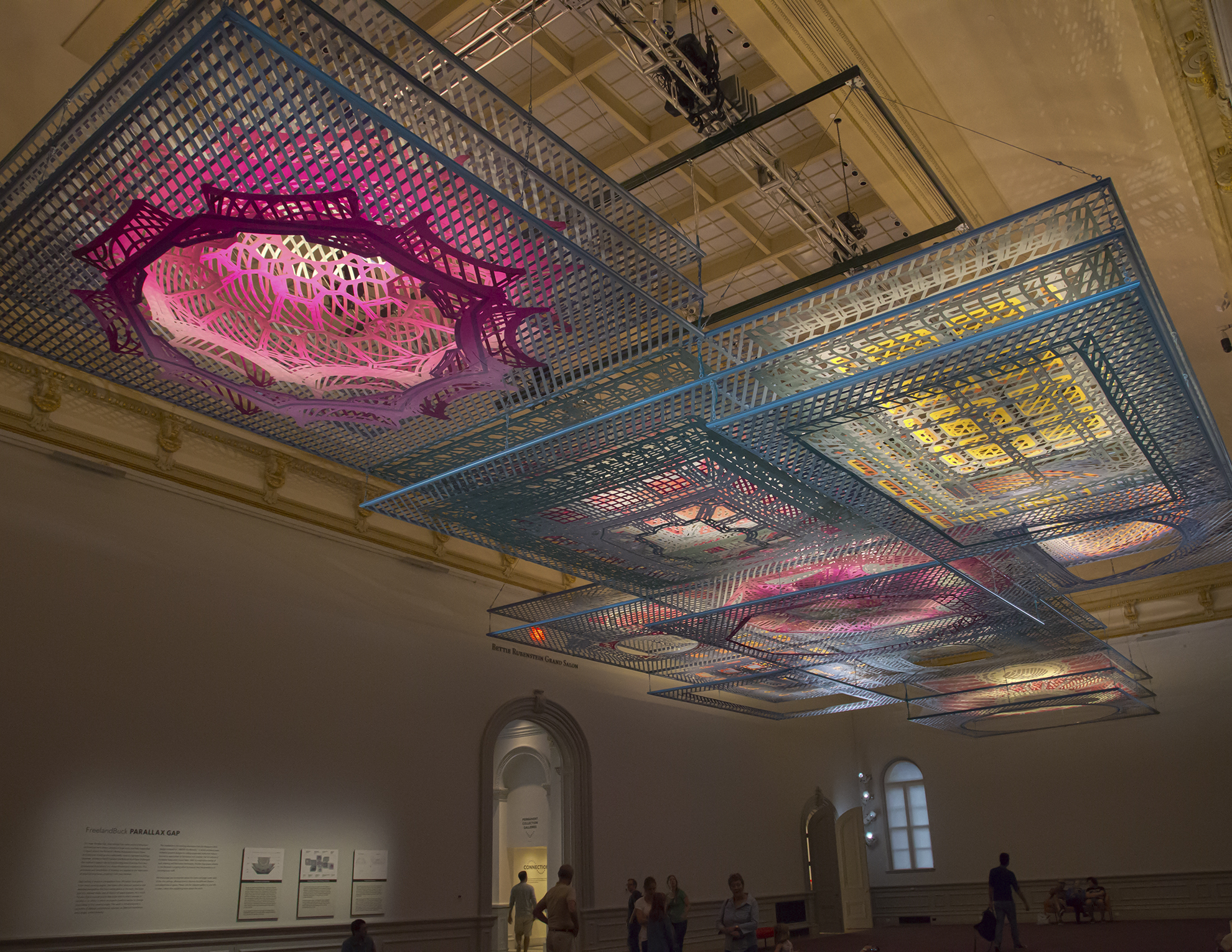
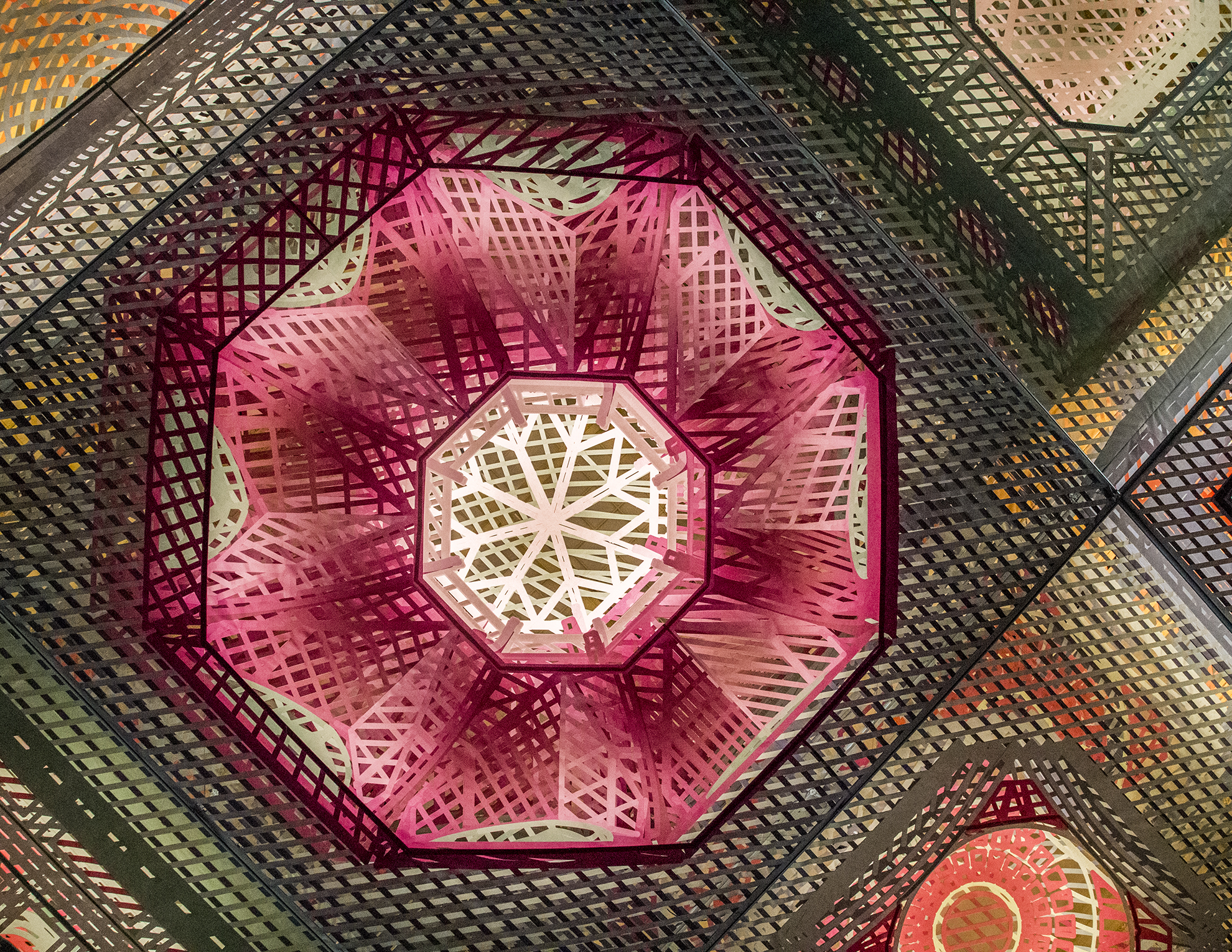
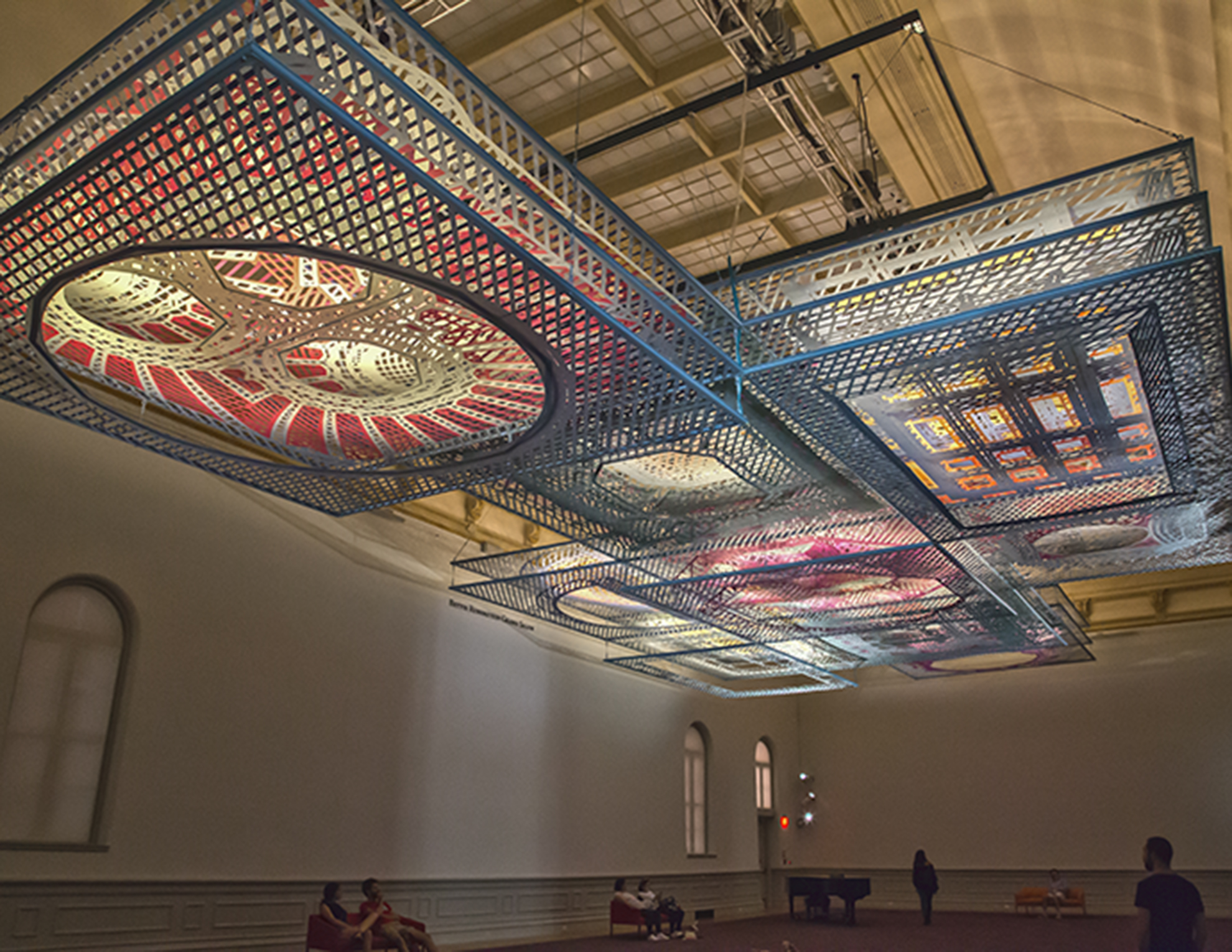
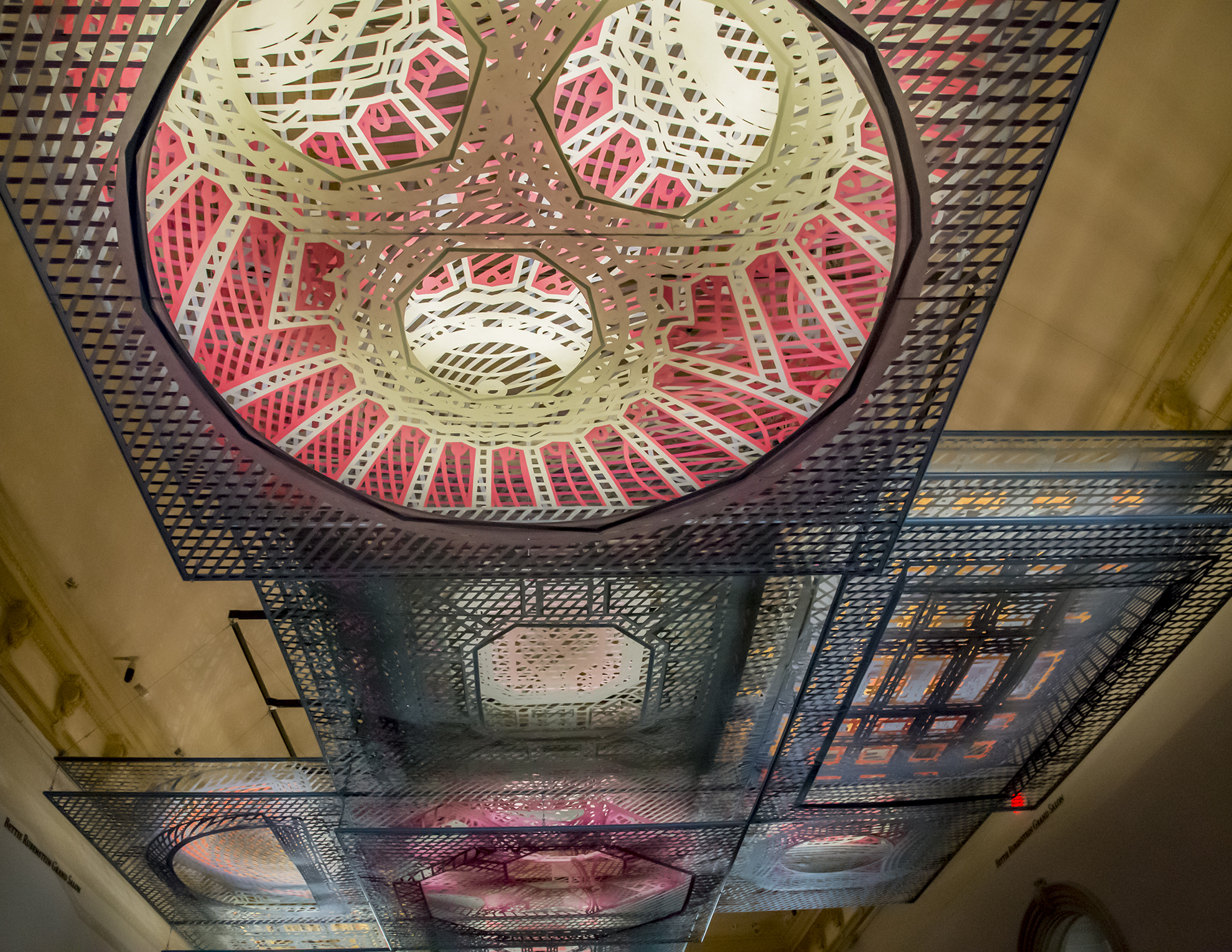
 TEXTILES.ORG
TEXTILES.ORG




